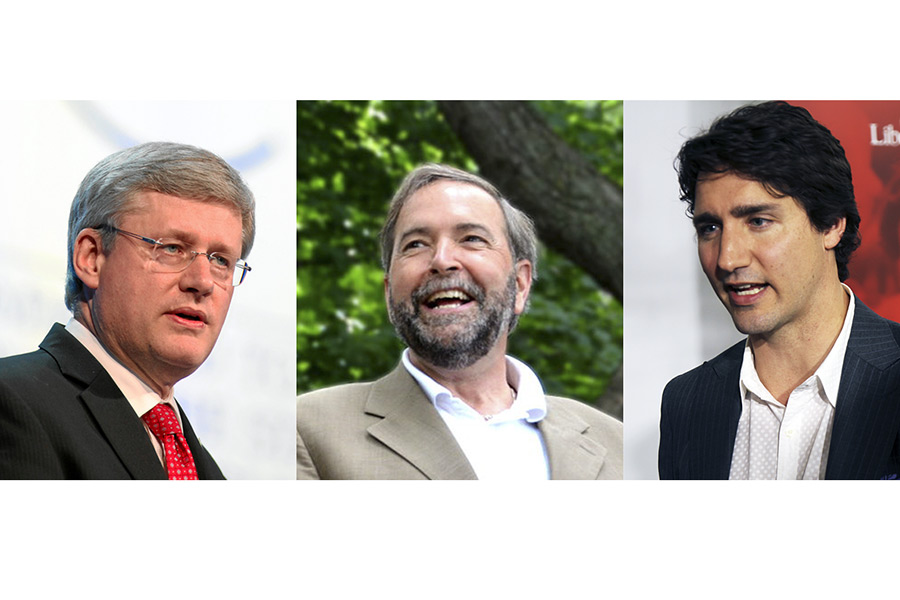While American airwaves are flooded with news and information regarding a presidential election still 14 months away, our northern neighbors are in the midst of an 11-week campaign to determine who will lead their country.
To American readers, an 11-week campaign might sound like a dream (to put it in perspective, our primary calendar will stretch out for 19 weeks in 2016), but it is the longest federal election in modern Canadian history. It is also one that could have impacts on both sides of the border, particularly with trade and environmental issues, according to University of Lethbridge Prof. Harold Janson.
Prime Minister Stephen Harper’s Conservative Party has held power in the House of Commons for more than a decade, but he is entering this year’s federal election with declining popularity and the Liberal’s Justin Trudeau and the New Democratic Party’s (NDP) Tom Mulcair are hoping to grab the leadership position.
Unlike the U.S., where there are clear separations between the office of president and the legislature, Canada’s government is more mixed. Canadians don’t vote for Prime Minister, instead they elect Members of Parliament (MP) to seats in the House of Commons. MPs are usually part of one of five major parties – Liberal, NDP, Conservative, Green, or Bloc Quebecois (a provincial separatist group). The party with the most MPs is then able to form a government. If they have more than 170 seats, they can form a majority government but if they have less than that they can form a minority government.
According to the latest polling data from CBC News, the NDP is expected to win 136 seats, the Conservatives 108 seats and the Liberals are expected to grab 93 seats. Most political scientists believe that after the Oct. 19 election, NDP leader Mulcair will have the ability to form a minority government.
But what does that mean for the United States? The NDP falls to the left of the Liberals on the political spectrum. Jansen, the political scientist in Lethbridge, said in the past the NDP has come out against major trade deals; however, he notes that since the United States and Canada’s economies are so intertwined it might be impossible for the party to change major policies.
“I don’t think the NDP will expand trade opportunities but I don’t think they would roll them back either,” he said.
One issue an NDP government and the current administration in the White House could see eye-to-eye on is environmental policy. Jansen said he wouldn’t be surprised if Mulcair and President Barack Obama worked together to expand efforts to fight climate change.
However, Geoffrey Hale, another University of Lethbridge political scientist, said it is possible little would change between the two countries because once Canadians elect a new leader this fall, the American presidential election will only be a year away. Hale said he believes little will change until there are new leaders in both Ottawa and Washington, D.C.
